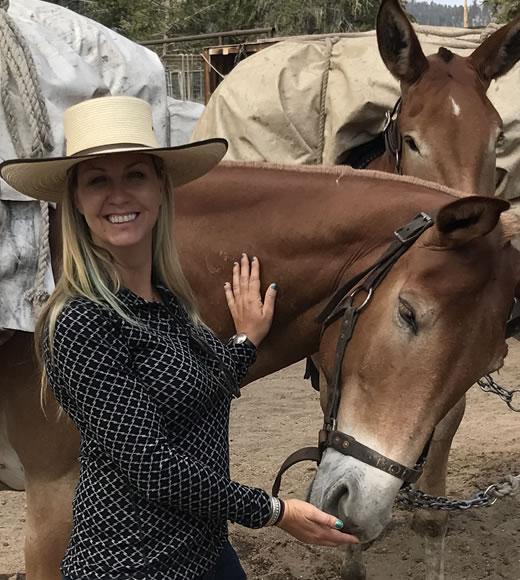Details:
| HONG KONG TIME | |
| Date: | 30 September 2021 (Thursday) |
| Time: | 12:00pm - 1:00pm |
For more details and registration, please email Tatum Chan at chan.tatum@cityu.edu.hk.
Abstract:
Over the past several years 30 peer reviewed journal articles and six book chapters have been dedicated and published focused on donkey and mule science and medicine. These studies that have been conducted with in collaboration with multiple international colleagues will be discussed further that focused on improving the overall welfare of donkeys, mules and hinnies. Donkeys in all settings from pets, to working equids, show donkeys, production donkeys (e.g. milking and meat) and even wild donkeys have been studied. Research interests have included but have not been limited to the following areas:
- Pain assessment in mules and donkeys (Mammalian Pain Group- UC Davis)
- Pathogens and inflammatory markers in wild burros and working donkeys and mules (Serum Amyloid A)
- Hematology and blood biochemistry reference values in clinically healthy mules, hinnies, and donkeys
- Integrated approaches to improving production donkey welfare (e.g. nutrition, welfare assessments, and sensor technology)
- Using smart technology to monitor mule and donkey behavior (e.g. smart halters to monitor at rest behavior and trailer stress and radio collars in Death Valley to monitor wild donkey behavior)
- Pharmacology of medication in donkeys and mules to alleviate pain
Biography:

I have loved donkeys since I was very young. My father first introduced them to me and then we had many donkeys and mules as I was growing up. I’ve always just found mules and donkeys to be very interesting and not horses with big ears. My PhD was conducted in Mali, West Africa where I worked with an ngo, SPANA and my studies focused on ways to improve donkey welfare and train the trainers on how to improve their care and wellbeing. Since, that time I’ve worked in 26 countries with donkeys and mules. I personally own 1 mule and one donkey and I’m intrigued and fascinated with their anatomy and physiological differences compared to horses but I admire most their behaviour and personality.
